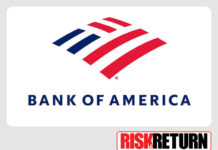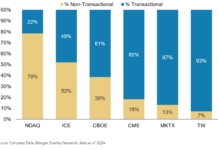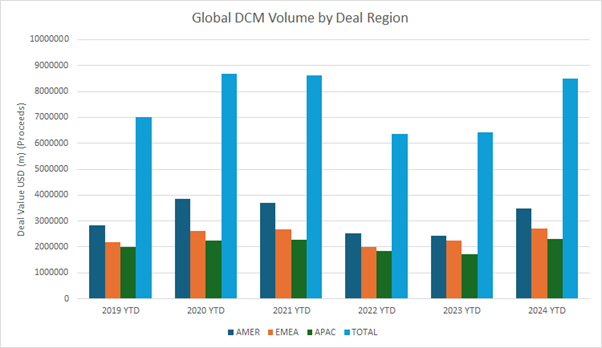The Bank of England (BoE) has published the latest phase of the System-wide Exploratory Scenario (SWES) with bank and non-bank participants provided a hypothetical stress scenario.
The Bank launched the SWES in June 2023 with the aim to:
• enhance understanding of the risks to and from non-bank financial institutions, and the behaviour of non-bank financial institutions and banks in stress, including what drives those behaviours; and
• investigate how these behaviours and market dynamics can amplify shocks in markets and potentially pose risks to UK financial stability.
SWES participants have been supplied with the details of a severe, but plausible, stress scenario. This is faster, wider ranging, and more persistent than those seen in recent periods of market instability, such as the March 2020 ‘dash for cash’ and September/October 2022 LDI episode, and includes a ten day shock to rates and risky asset prices.
The exercise aims to improve understanding of how banks and non-banks behave in stressed conditions. It is not a forecast by the Bank, nor does it represent the Bank’s expectations of the consequences for financial markets of such a shock.
The Bank is asking SWES participants to consider the impact of this hypothetical stress scenario, including how it would impact their business, and what actions they would take in response. The Bank will then assess the system-wide consequences of these actions.
The shocks in the scenario incorporate many elements from recent market events. For example, comparing the SWES scenario to the largest 10-day movements in recent stresses:
• UK government borrowing costs increase very sharply as yields on ten- year nominal gilts increase by 115 basis points, similar to the move seen during the LDI episode.
• sterling investment-grade corporate borrowing costs also sharply increase by around 130 basis points, as much as seen during the March 2020 dash for cash.
• sovereign yields across many countries increase abruptly. For example, the rise in ten-year US Treasury note yields is on a par with the most severe seen since 2000, of around 75 basis points.
The combination of the individual shocks, the fact that the majority of the market moves take place in the first three days of the exercise, and the persistence of the shock, result in the hypothetical stressed scenario being more severe than those seen in historical episodes.
More than 50 financial market participants, including large banks, insurers, central counterparties, asset managers, hedge funds, and pension funds, are taking part. The Bank say it is working closely with the Financial Conduct Authority and The Pensions Regulator.
The exercise is not a test of the resilience of the individual firms participating. Published materials will not provide information on any individual firms.
SWES participants are reported to be considering the scenario and will be submitting their responses to it in January 2024. The second round of the scenario phase, which will reflect the actions that the participants take in the first round, will be launched in Q2 2024. The BoE expects to publish a final report on the SWES by end 2024.
©Markets Media Europe 2023
























